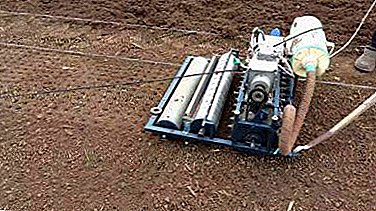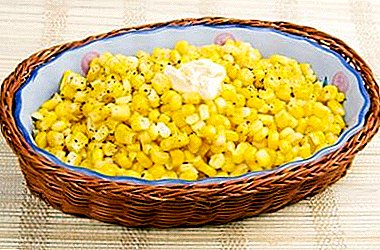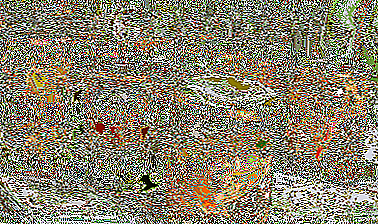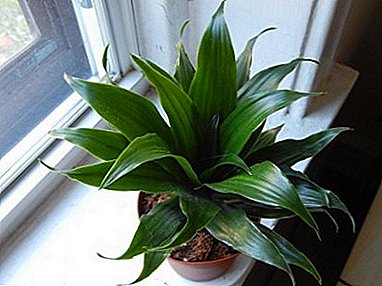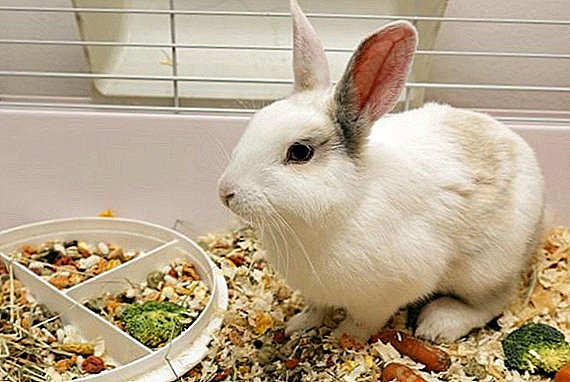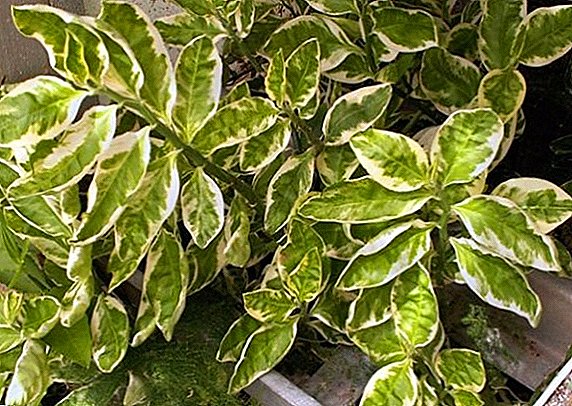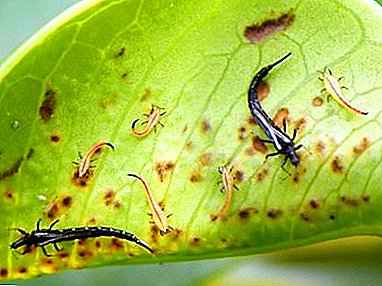
Trips is a common plant pest. Currently, about 6000 species of this insect are known.
The body of thrips is elongated, the legs are thin. The size of the insect is about 1-3 mm. Quite often, thrips affects indoor plants, including orchids, which causes a lot of trouble for both experienced collectors and novice flower growers.
This article describes in detail where the thrips on the orchid come from and how to deal with them.
What are dangerous?
Thrips are carriers of various viruses and infections of indoor cultures. Settling on plants, thrips spoil their appearance. The period of flowering is significantly reduced, and the orchid looks sluggish. In plants, the immunity is weakened, because of which they become easily accessible to fungi.
How to detect?
Insects feed on plant sap; they pierce a leaf and suck out nutrients from it. The surface of the sheet plate at the puncture site becomes silver-green, and later darkens, acquiring a dark brown or black color.
Another symptom is black spots on the leaf surface - waste products of the pest. Also on cultures affected by thrips, flower stalks, buds and new growths are bent. In some cases, you can see traces of pollen on fresh flowers - a sure sign of an insect. Most often thrips can be found on cattley, cymbidium and phalaenopsis.
A photo
Then you can see the photos of these pests on orchids:



You can learn more about the types of thrips and see their photos here.
Causes of
The most likely source in the collection may be new plants purchased in untested places or with hands. Still insects are easy to bring with a bouquet of field or garden flowers.
Houseplants left in the spring-summer period on an open balcony, loggias or in a country plot are also subject to attack by this pest.
How to get rid?
- How do others fight these pests to get rid of?
- At the first signs of thrips, the affected plants should be isolated from the rest of the collection in order not to spread the pest.
- On orchids most often thrips settle on flowers, that is why flower stalks are cut off with already opened flowers. Buds are also removed - thrips lay eggs in them.
- If traces of insects, their eggs or larvae are visible on the growths and leaves, then remove them with a damp cotton pad.
- Treat diseased orchids with anti-thrips drugs, strictly following the instructions on the package. Preference is given to systemic drugs. Repeat the processing if necessary.
- For several days in a row, it is necessary to thoroughly wash the soil and the orchid itself under warm running water. Such a procedure will reduce the number of pests.
Important! After water procedures, it is necessary to remove moisture from the sinuses of the leaves with a cotton disc or place the plant in a room with good ventilation. Stagnant water is detrimental for many types of orchids.
You can find out more about what trips are and how to deal with them in indoor plants.
Chemicals
For the destruction of the pest use a variety of liquids and sprays, some of them have an oily base. Often this contact drugs. They operate in direct contact with insects and their eggs. During the work with such means observe a dosage since These substances can damage orchid leaves.
Systemic preparations are of the form:
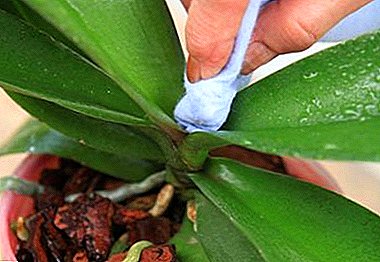 granules;
granules;- powders;
- water soluble emulsions;
- sticks.
Such substances penetrate the plant itself and make it poisonous to the pest.
Preparations are most popular in indoor floriculture:
- aktar;
- fitoverm.
They are systemic fungicides and relatively easy to use.
When working with fungicides, observe the precautions, since many drugs are poisonous. After the treatment, be sure to wash your hands.
Biological agents
Sometimes on sale there are biological plant protection products. These can be jars, bags and labels, which contain predatory species of bugs or ticks that hunt other insects. These containers are placed next to the plants and open to beneficial insects settled on orchids.
Folk methods of pest control
- The most popular and affordable to use is a soap solution. A small piece of soap is dissolved in 250 ml of warm water and the plant is sprayed with the resulting solution. After 15-20 minutes, the solution is washed off, and the orchid is well washed with clean water.Attention! The soap solution clogs the stoma of orchids, which can affect the appearance of the plant. If the condition of the plant deteriorates after treatment, it is better to change the method of struggle.
- Infusion of tobacco is also used to combat thrips. To do this, 80-100 grams of tobacco dust are soaked in 1 liter of water, then the mixture is filtered. The resulting liquid orchid sprayed.
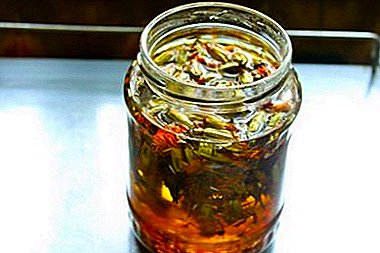 In summer, a decoction of marigolds is used against thrips. Several inflorescences (60 g) are crushed, poured over 1 liter of water and brought to a boil, then boiled on low heat for a minute and a half. The liquid is cooled and allowed to infuse for 3 days, filtered and sprayed with broth on the affected orchid.
In summer, a decoction of marigolds is used against thrips. Several inflorescences (60 g) are crushed, poured over 1 liter of water and brought to a boil, then boiled on low heat for a minute and a half. The liquid is cooled and allowed to infuse for 3 days, filtered and sprayed with broth on the affected orchid.- Emulsion of water and oil is also widely used to combat thrips. In 1 liter of water, add 2-3 tablespoons of sunflower or olive oil, shake and quickly applied to the orchid by spraying.
Prevention
- The main rule is to quarantine newly purchased plants. This will not allow to infect the collection with thrips, and other pests or diseases. For two weeks, a new orchid needs to be isolated from other flowers and watched, treated if necessary. Making sure that the orchid is healthy, place it in a permanent place and take care of the rest of the plants.
- Keep the orchids at high humidity and periodically arrange a warm shower. This measure has a beneficial effect on the well-being of plants and prevents the appearance of thrips.
- In large collections of orchids, it is advisable to carry out routine processing of chemicals against pests. Often, a single treatment with a period of six months is enough for orchids to be healthy.
- Periodic inspection of orchids will not hurt either. Thrips detected in time will not have time to capture most of the plants, and it will be easier to deal with them.
Conclusion
Trips is a malicious pest of indoor crops, from which it is not always easy to get rid of. This will take time, effort and special means. It is much easier to prevent the appearance of a pest, so treat your orchids with attention and love. Then their healthy appearance and flowering will delight you for many years.


 granules;
granules; In summer, a decoction of marigolds is used against thrips. Several inflorescences (60 g) are crushed, poured over 1 liter of water and brought to a boil, then boiled on low heat for a minute and a half. The liquid is cooled and allowed to infuse for 3 days, filtered and sprayed with broth on the affected orchid.
In summer, a decoction of marigolds is used against thrips. Several inflorescences (60 g) are crushed, poured over 1 liter of water and brought to a boil, then boiled on low heat for a minute and a half. The liquid is cooled and allowed to infuse for 3 days, filtered and sprayed with broth on the affected orchid.
